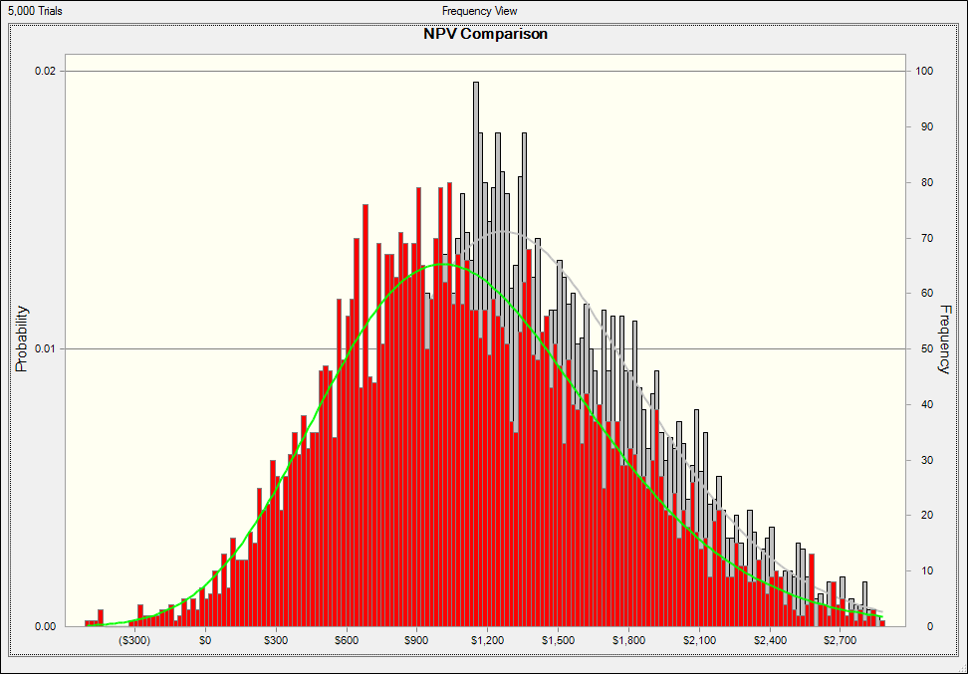Feasibility Study Strategic Planning
Feasibility Study Strategic Planning (collaborative project).
Dragline Performance Data Analysis
Analysis of key performance trends in dragline KPI datasets.
Master Database Upgrade
Scaled upgrade of production reporting database and interfaces
including development of customised code to suit the client
business requirements.
Driver Tree Development and Scenario Analysis
Dragline Performance Data Statistical Analysis
Analysis of dragline KPI data and analysis of statistical significance
in production performance across time periods.
Colliery Margin Analysis
Numerous margin analysis studies have been completed by Xtega utilising a range of software packages depending on client systems and requirements.
Static optimisation studies have included:
- Lowest seam.
- Primary wash density optimisation.
- Coal allocation optimisation.
- Maximum margin assessment.
- Maximum value assessment.
- Operating cost sensitivity.
- Pit sequencing studies.
- Capital allocation and sequencing.
- Stockpile assessment projects.
Complex (multiple collieries and wash plants) Margin Analysis
"Margin analysis studies completed on multiple collieries and multiple wash
plants with a range of possible coal destinations.
Static optimisation studies have included:
- Lowest seam.
- Primary wash density optimisation.
- Coal allocation optimisation.
- Maximum margin assessment.
- Maximum value assessment.
- Operating cost sensitivity.
- Pit sequencing studies.
- Capital allocation and sequencing.
- Stockpile assessment projects.
Coal Source-Destination Optimisation Study
Specific project to assess options for coal destination by individual coal parcel. Each coal parcel had multiple potential destinations for both the primary and secondary products, with a range of yields for primary and secondary product by primary wash density.
Independent Coal Recovery Review Project
"Review of technical and operational performance to identify sources of coal losses.
Present the results to executive level management including an assessment of the budget and planning parameters used."
Coal Tonnage Flow Analysis
Identify and quantify coal losses from geological modelling to ex-pit weightometer including all technical and operational influences.
Performance Improvement Project (integrated technical + operations)
Integrate multiple departments to commit and deliver on a performance
improvement project based on stated goals from senior management.
Included MindMapping workshops, subsequent resource based scheduling,
and project management to delivery.
Strategic Planning Project: region based margin analysis +
static quality-destination optimisation
Margin analysis for entire commodity division.
Static optimisation studies included:
- Lowest seam.
- Primary wash density optimisation.
- Coal allocation optimisation.
- Maximum margin assessment.
- Maximum value assessment.
- Operating cost sensitivity.
- Pit sequencing study.
- Capital inclusion sensitivity analysis.
- Stockpile assessment projects.
Production Report Model Development
Development of a production reporting system including customised code
development as per the client requirements.
Independent Field Trials: data collection, analysis and reporting
Conducted independant field trials to support board level investment decisions.
Project included:
- Independent data capture and review.
- Detailed data analysis and statistical analyses to provide
appropriate confidence of a statistically significant difference in results.
- Report development to support an ASX release.
Strategic Planning and Budget Planning Support
Strategic Planning and Budget Planning Support (collaborative project).
Strategic Planning Project: for region and complex
Included development and optimisation of both static and dynamic models, including multiple constraints and multiple quality and contractual based penalties.
Strategic Planning Project
Complex metalliferous project including multiple downstream process options.
External Gold Recovery Review
A board commissioned review relating to a disparity between budgeted and
delivered gold production (collaborative project).
Strategic Workforce Planning
Business analysis and diagnostic to support development of labour
model (collaborative project).
Labour and Overtime Model Development
General Consulting Support Project
Dragline analysis and driver tree model development.
Project to present dragline KPI and financial impact data as a dynamic
and interactive driver tree.
Drill Performance Modelling
Production Database Review
Review of complex in-house database including development of
user friendly tools to access data.
Driver Tree and Productivity Model Development
Project to present KPI and financial impact data as a dynamic and interactive driver tree.
Short-term Planning System Review
Review of the software systems, architecture, and interaction
with adjacent systems and disciplines for a metalliferous mining
operation.
Technical Services Support
Technical services support provided to a metalliferous mining operation.
Mine Operations Support
Mine operations support provided to a metalliferous mining operation.















